Home>Ideas and Tips>Secrets Of Soundproofing In Thin-Walled Homes
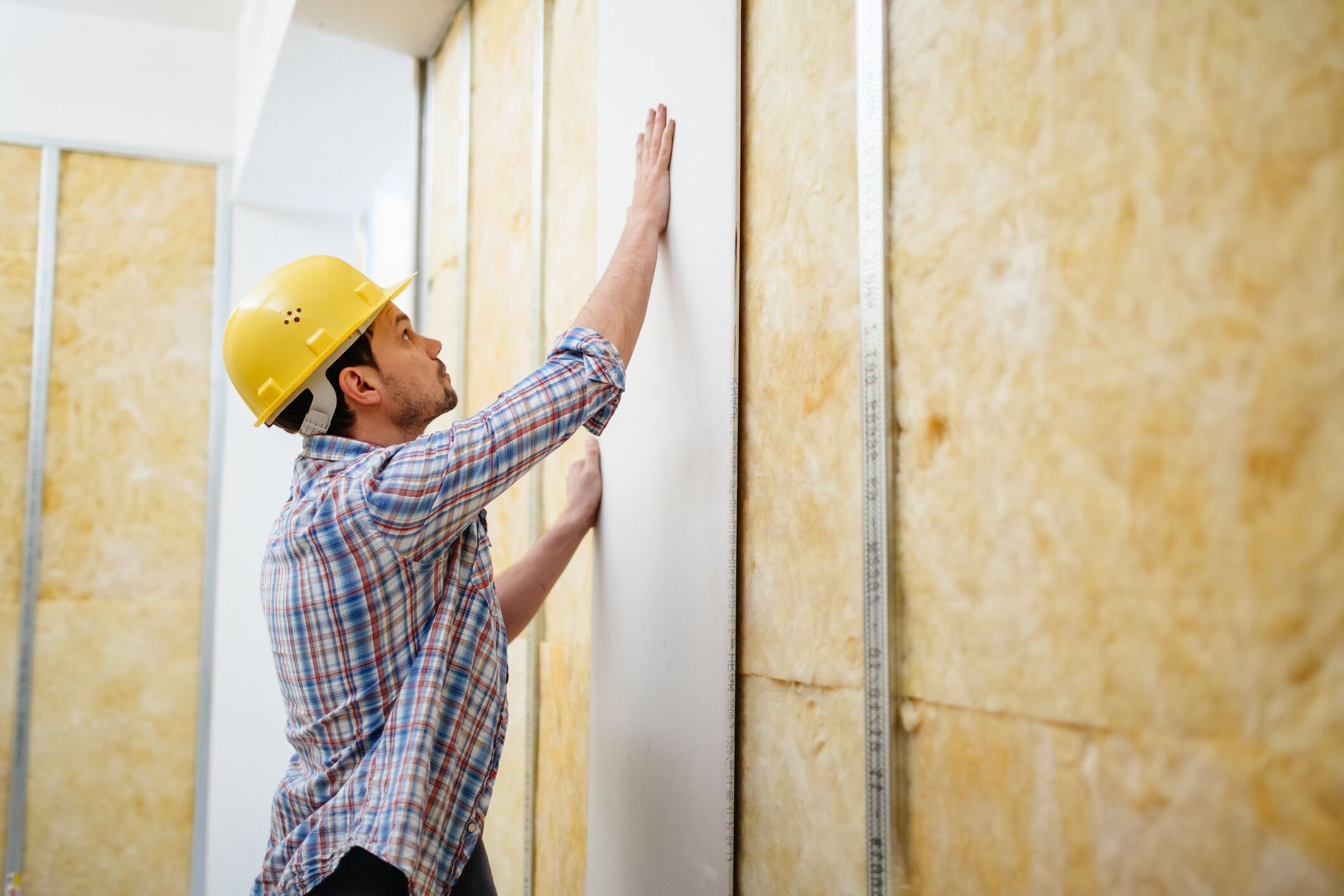

Ideas and Tips
Secrets Of Soundproofing In Thin-Walled Homes
Published: October 19, 2024
Discover effective materials and techniques to soundproof thin-walled homes, reducing noise from neighbors, traffic, and more for a peaceful living space.
(Many of the links in this article redirect to a specific reviewed product. Your purchase of these products through affiliate links helps to generate commission for Storables.com, at no extra cost. Learn more)
Living in a thin-walled home can be a significant challenge, especially when it comes to maintaining peace and quiet. The constant noise from neighboring rooms, outside traffic, and other sources can disrupt your daily life and make it difficult to relax. However, there are several effective methods and materials you can use to soundproof your home, even with thin walls. In this article, we will delve into the secrets of soundproofing thin-walled homes, providing you with practical tips and solutions to create a quieter living space.
Understanding Soundproofing Basics
Before we dive into the specifics of soundproofing thin-walled homes, it's essential to understand the basics of soundproofing. Soundproofing involves reducing the transmission of sound through various materials and techniques. There are two primary types of sound: airborne and impact noise.
- Airborne Noise: This type of noise travels through the air and includes sounds like voices, music, and traffic.
- Impact Noise: This type of noise is caused by physical contact and includes sounds like footsteps, dropped objects, and vibrations.
To effectively soundproof a room, you need to address both types of noise. This can be achieved by adding mass to the walls, using sound-absorbing materials, and creating decoupled surfaces.
Read more: How To Soundproof Interior Walls
Materials for Soundproofing
When it comes to soundproofing thin-walled homes, the choice of materials is crucial. Here are some of the most effective materials you can use:
1. Mass Loaded Vinyl (MLV)
Mass Loaded Vinyl (MLV) is a popular choice for soundproofing because it adds significant mass to the wall without increasing its thickness. MLV is a flexible sheet made from vinyl that contains heavy metal particles. It can be installed between layers of drywall or directly on the studs. This material is particularly effective at blocking airborne noise and is often used in commercial settings like recording studios and theaters.
2. Rock Wool Insulation
Rock wool insulation, also known as mineral wool, is another excellent option for soundproofing. It is denser than fiberglass insulation and provides better sound absorption. Rock wool insulation can be used in both new construction and remodels. For interior walls, there are specialized types of rock wool designed specifically for this purpose. It not only reduces sound transmission but also offers fire, mold, and mildew resistance.
3. Resilient Channels
Resilient channels are thin metal or plastic strips that are attached to wall studs. They create a gap between the framing and the surface material, allowing the surface to vibrate independently. This decoupling prevents sound vibrations from traveling through the structure, significantly reducing noise transmission. Resilient channels are particularly useful in advanced soundproofing projects where maximum noise reduction is desired.
4. Green Glue
Green Glue is a specialized damping compound that transforms sound energy into negligible heat when applied between layers of drywall or other construction materials. It is versatile and can be integrated into both new construction and renovation projects. Green Glue is effective for soundproofing walls, ceilings, and floors, making it an indispensable tool in achieving superior acoustic performance.
Techniques for Soundproofing
While materials are essential for soundproofing, techniques play a crucial role in ensuring that these materials are installed correctly and effectively. Here are some techniques you can use:
1. Adding Extra Drywall
One of the most effective ways to soundproof a room is by adding an extra layer of drywall. This technique requires significant investment in time and money but is highly effective. Covering the existing walls and ceiling with an extra layer of ½-inch-thick drywall can dramatically reduce noise transmission. To add extra protection against noise transmission, secure the new drywall with special sound-deadening caulk, called dampening compound. For even better results, consider using special sound-deadening drywall that has a plastic polymer layer adhered to its back surface.
2. Using Sound-Absorbing Panels
Sound-absorbing panels are designed to absorb sound waves rather than reflecting them. These panels can be fastened to walls and ceilings to create a quieter environment. They are made from superior noise-dampening materials such as soft foam rubber, dense polyester fiber, and cork. Industrial-looking sound-absorbing panels can add an aesthetic touch to your room while significantly reducing noise levels.
3. Installing Weather Stripping
Interior doors often lack weather stripping, which can help muffle sounds. Adding peel-and-stick foam rubber weather stripping around the perimeter of the doorway creates a tight seal and is affordable and easy to install. Felt is another type of weather stripping that comes in rolls with or without an adhesive backing. It is very affordable and surprisingly effective at blocking out noise. You can also install a door sweep or under-door draft stopper to seal off the gap along the floor.
4. Utilizing Thick Curtains and Rugs
Thick curtains and rugs can help absorb sound and make your space quieter. These materials work by absorbing sound waves rather than reflecting them. Thick curtains can be hung from curtain rods, while rugs can be placed on floors. Both materials are easy to install and require minimal effort while providing significant noise reduction.
Advanced Techniques for Soundproofing
For those who are willing to invest time and effort into advanced soundproofing techniques, there are several methods that can provide superior results:
1. Quiet Rock Installation
Quiet Rock is a revolutionary soundproof drywall that integrates multiple layers of specialized materials to act as formidable barriers against sound transmission. Unlike traditional drywall, Quiet Rock dampens vibrations and absorbs sound energy effectively. It is a preferred choice for those who demand superior soundproofing and can make a substantial difference in creating a quieter living space.
2. Resilient Channels and Hat Channels
Resilient channels and hat channels are indispensable components in advanced soundproofing projects. They provide mechanical decoupling of surfaces, effectively breaking the direct path of sound transmission. Resilient channels are thin metal or plastic strips attached to wall studs, while hat channels create airspace between surfaces, enhancing sound isolation.
Practical Tips for Soundproofing Thin-Walled Homes
While the materials and techniques mentioned above are effective, there are several practical tips you should keep in mind when soundproofing thin-walled homes:
1. Assess Your Noise Problem
Before buying any soundproofing materials, it's crucial to assess your noise problem clearly. Determine the source of the noise, its type (airborne or impact), and the building materials it is passing through. This information will help you choose the right materials and techniques for your specific situation.
2. Avoid Common Mistakes
Some materials and techniques may seem appealing but are actually ineffective or even counterproductive. For example, materials like old carpet, cardboard, special paints, and certain types of insulation may not provide the desired results and could even make the problem worse.
3. Consider Rental Restrictions
If you rent your home, it's essential to check with your landlord before making any permanent changes. Some soundproofing techniques may require significant alterations to the structure, which could violate rental agreements.
Conclusion
Soundproofing thin-walled homes requires a combination of effective materials and techniques. By understanding the basics of soundproofing, choosing the right materials like MLV, rock wool insulation, and resilient channels, and using advanced techniques such as Quiet Rock installation and Green Glue application, you can significantly reduce noise levels in your home. Additionally, practical tips such as assessing your noise problem and avoiding common mistakes will help ensure that your soundproofing efforts are successful. With these secrets of soundproofing in mind, you can create a quieter living space that is more peaceful and conducive to relaxation.
By following these steps and using the right materials and techniques, you can transform your thin-walled home into a quieter oasis where you can enjoy peace and tranquility without the constant interruptions of unwanted noise.
Was this page helpful?
At Storables.com, we guarantee accurate and reliable information. Our content, validated by Expert Board Contributors, is crafted following stringent Editorial Policies. We're committed to providing you with well-researched, expert-backed insights for all your informational needs.
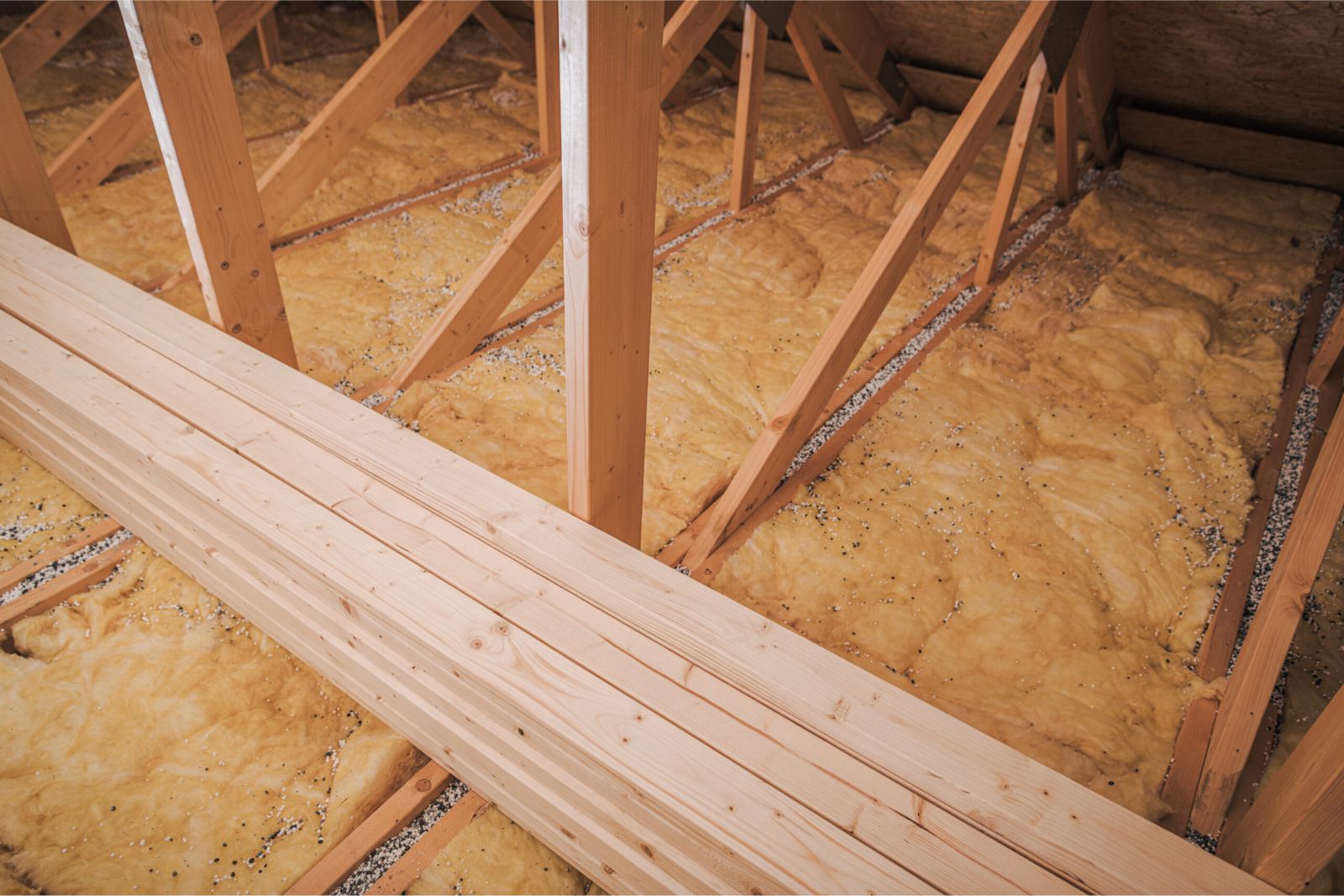
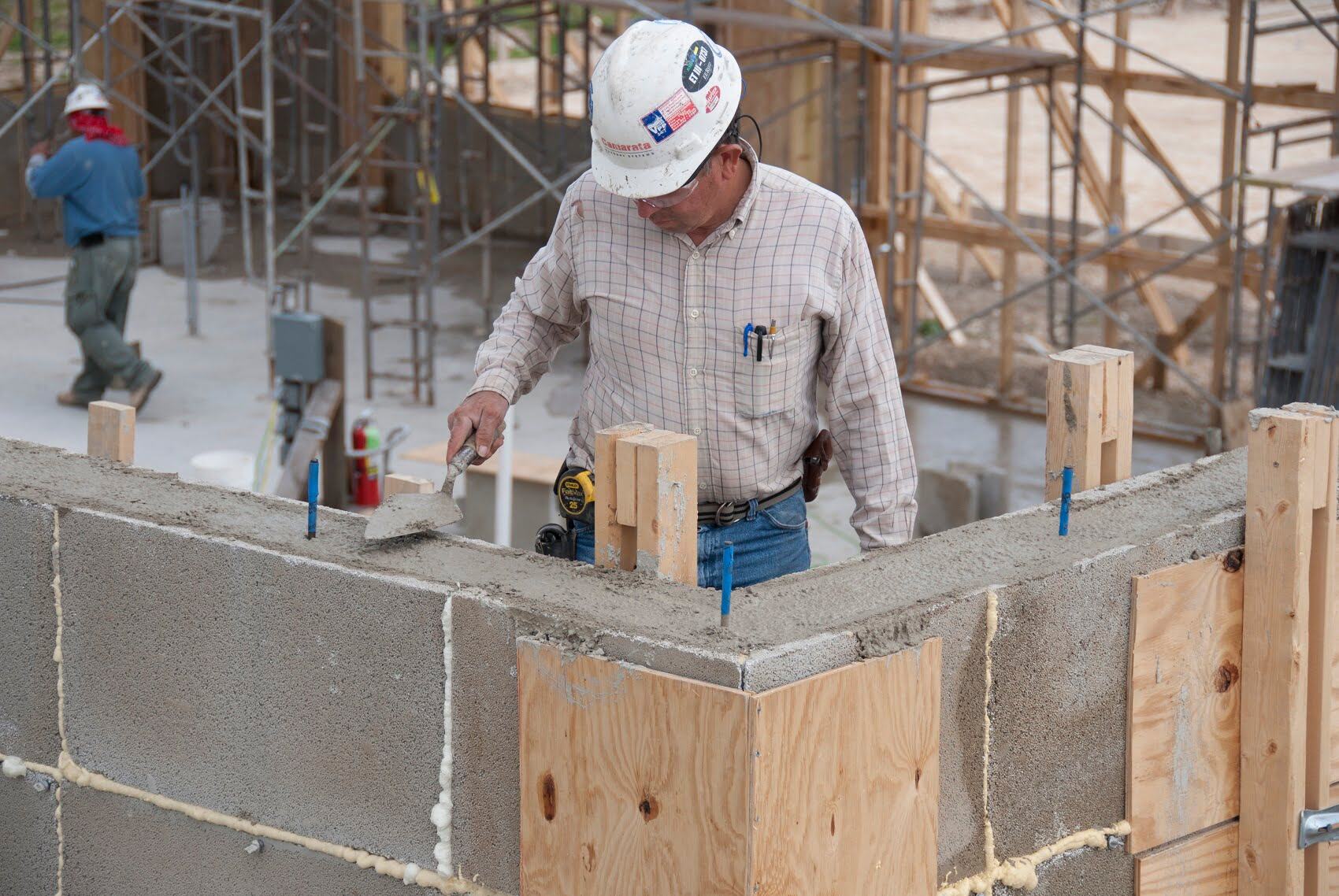

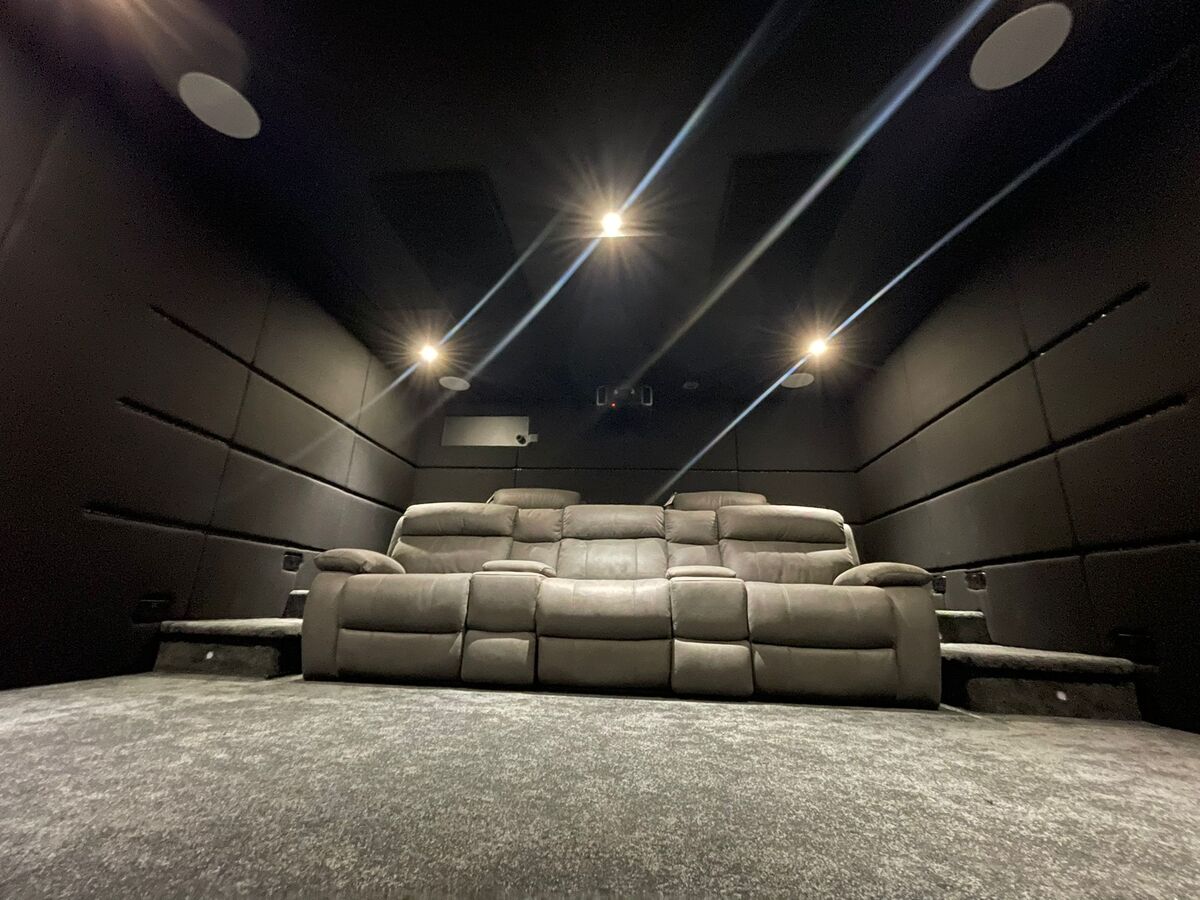
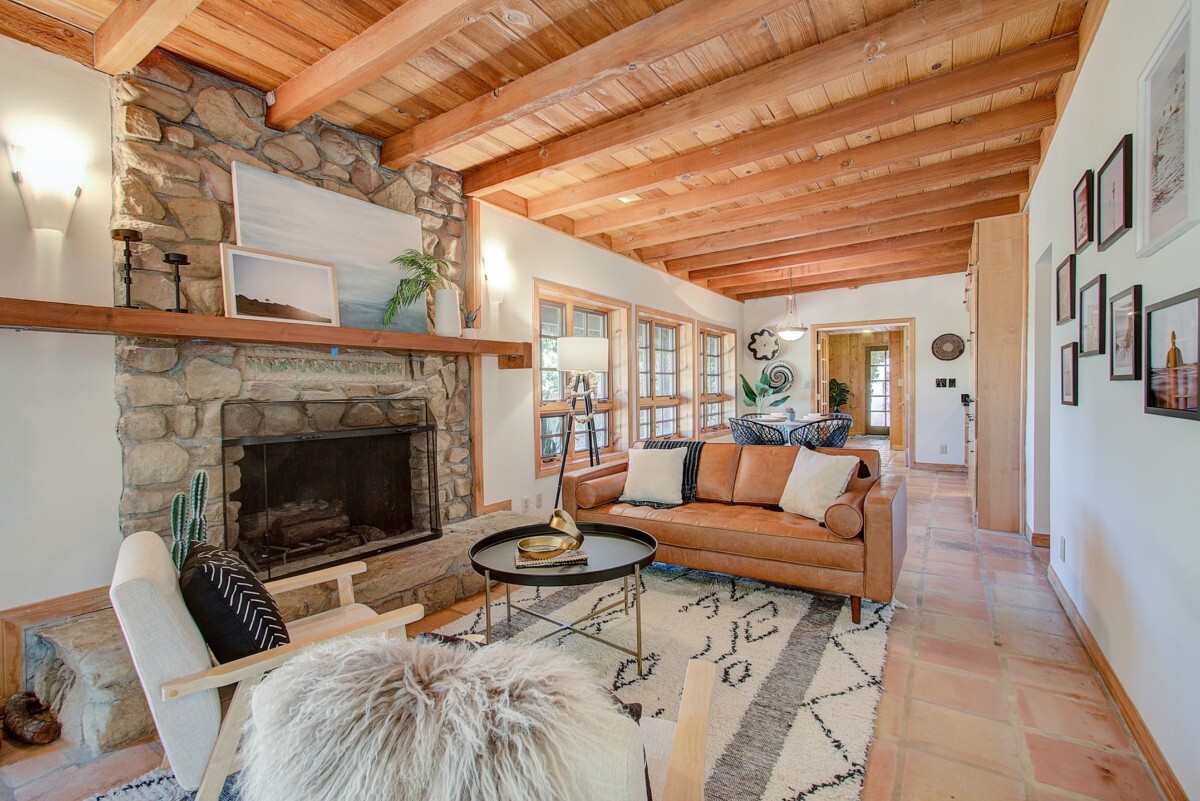
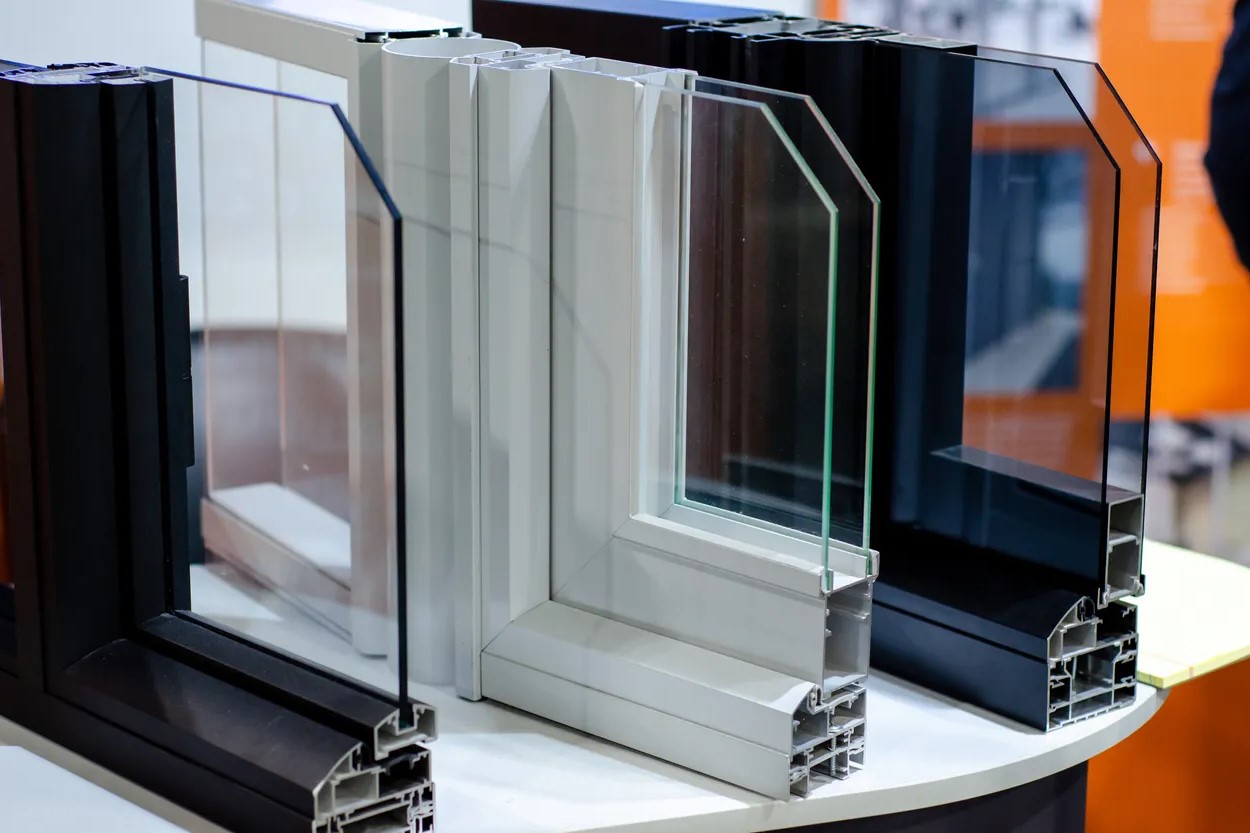
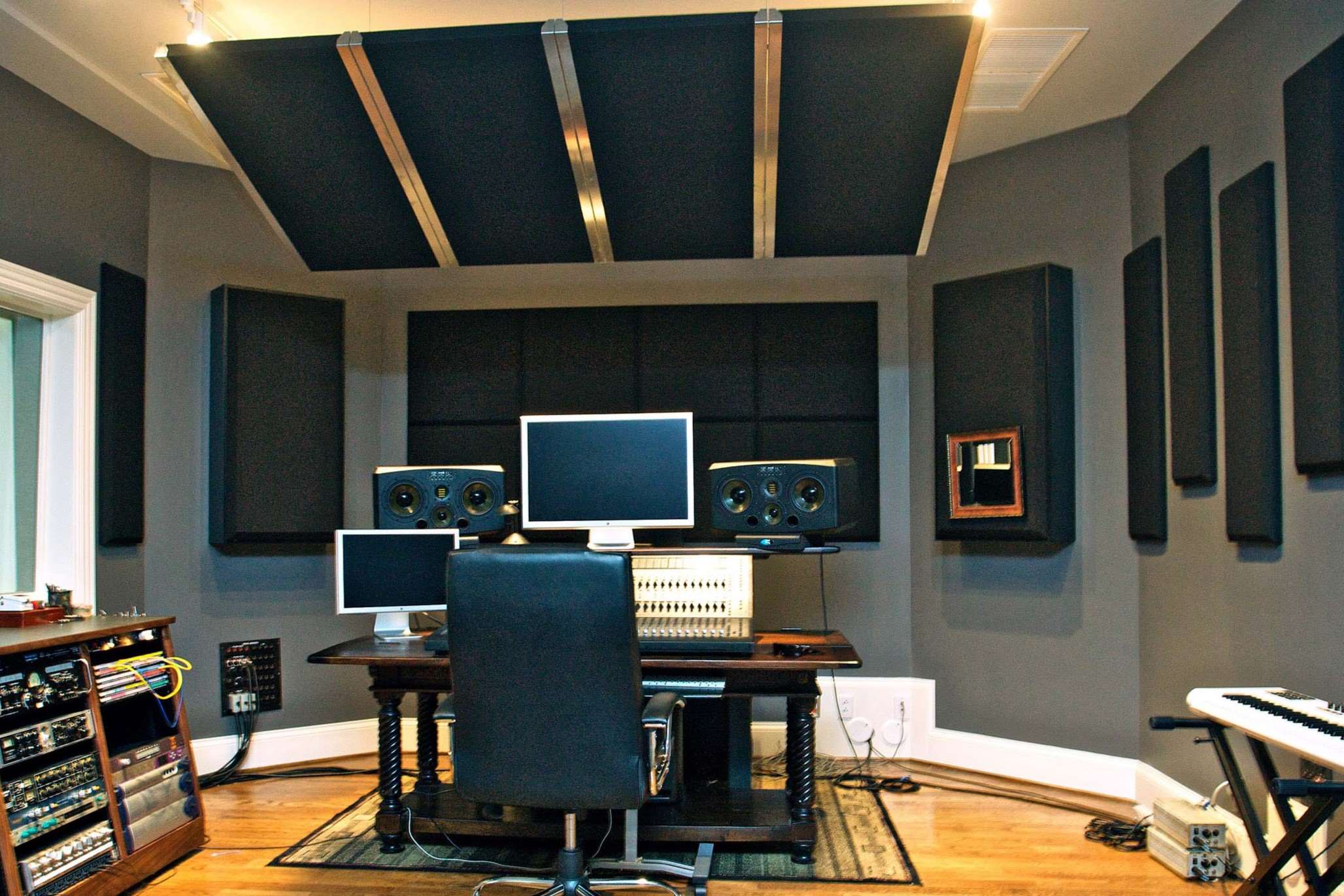

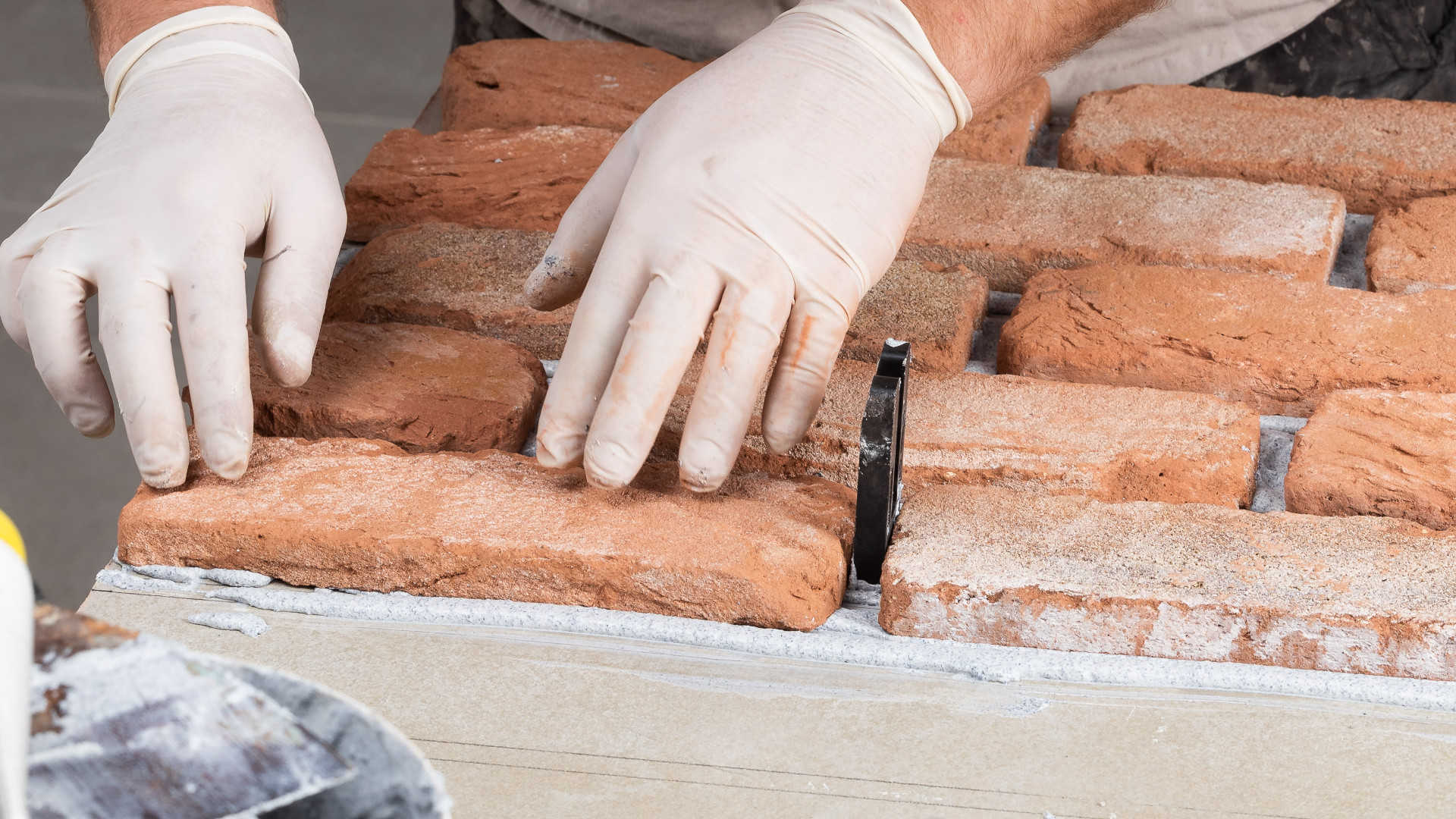
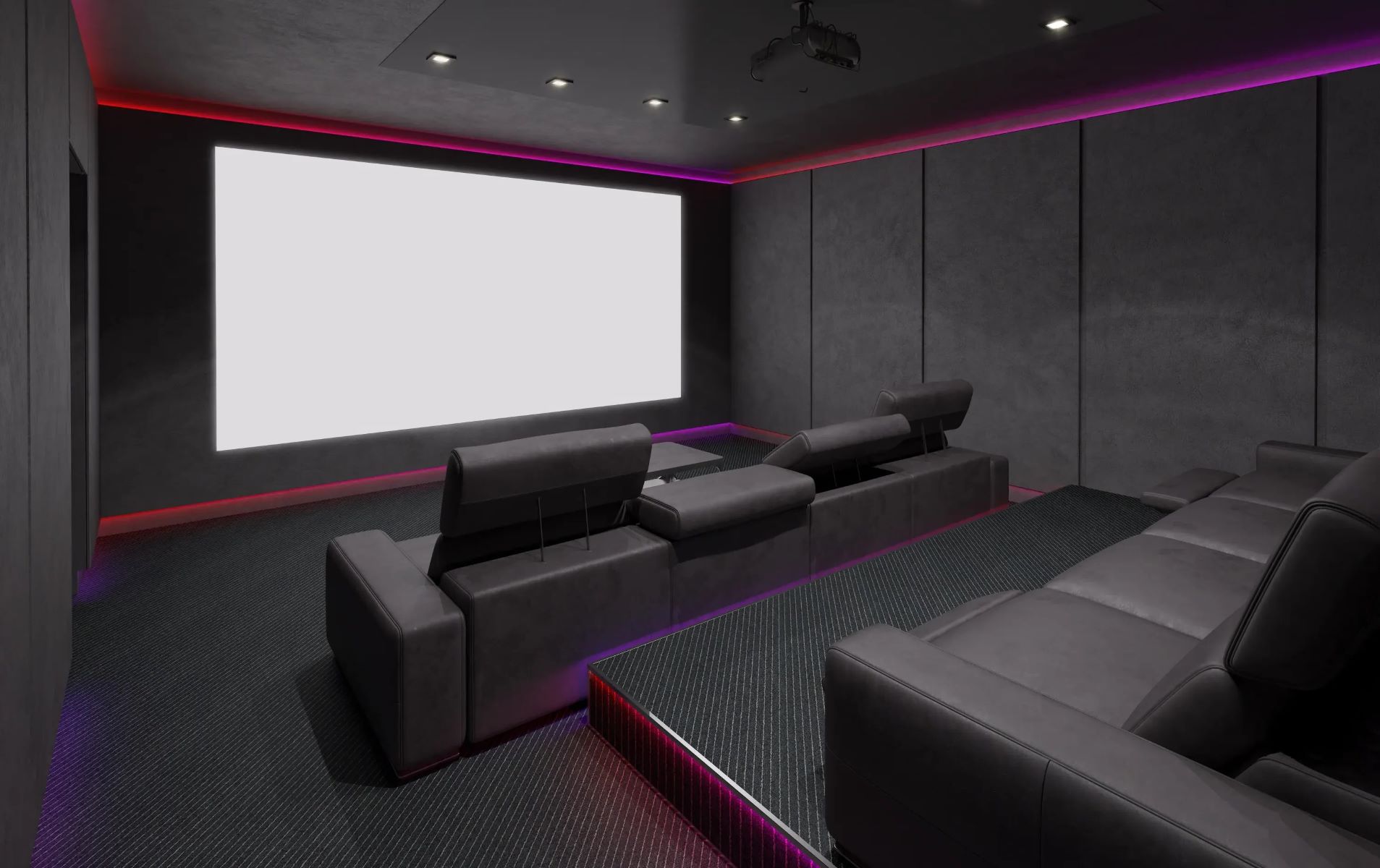
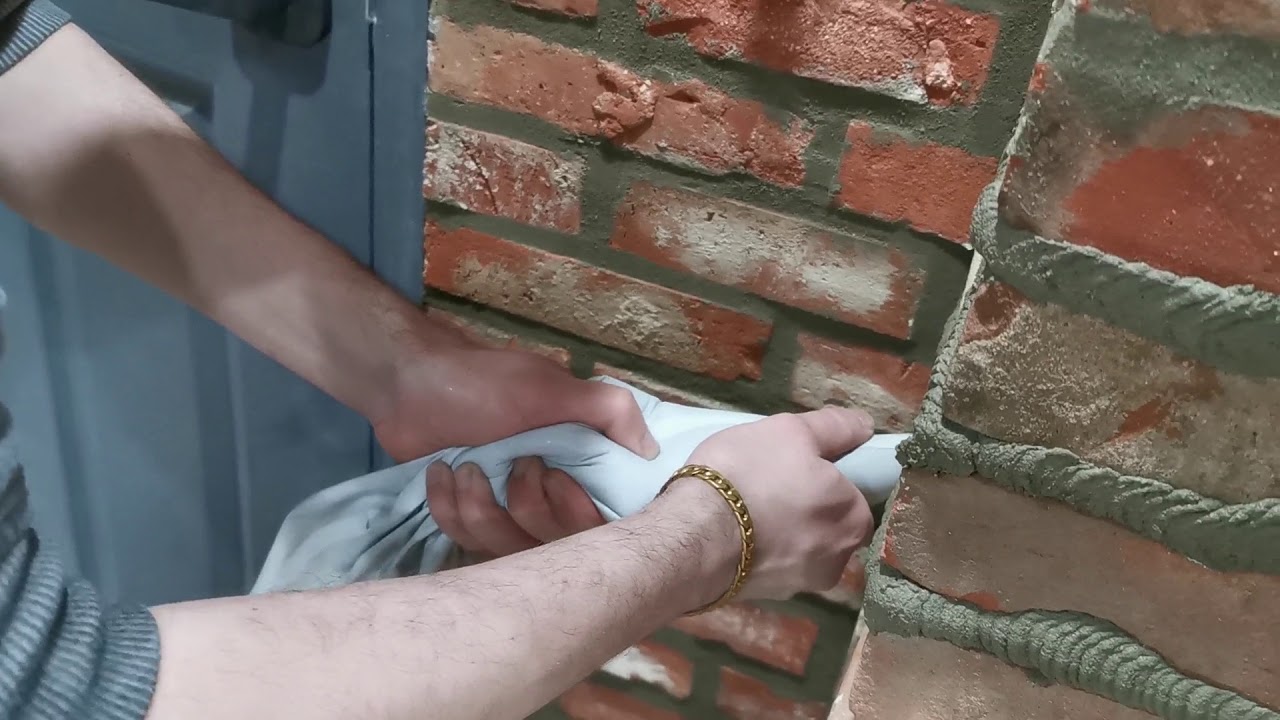
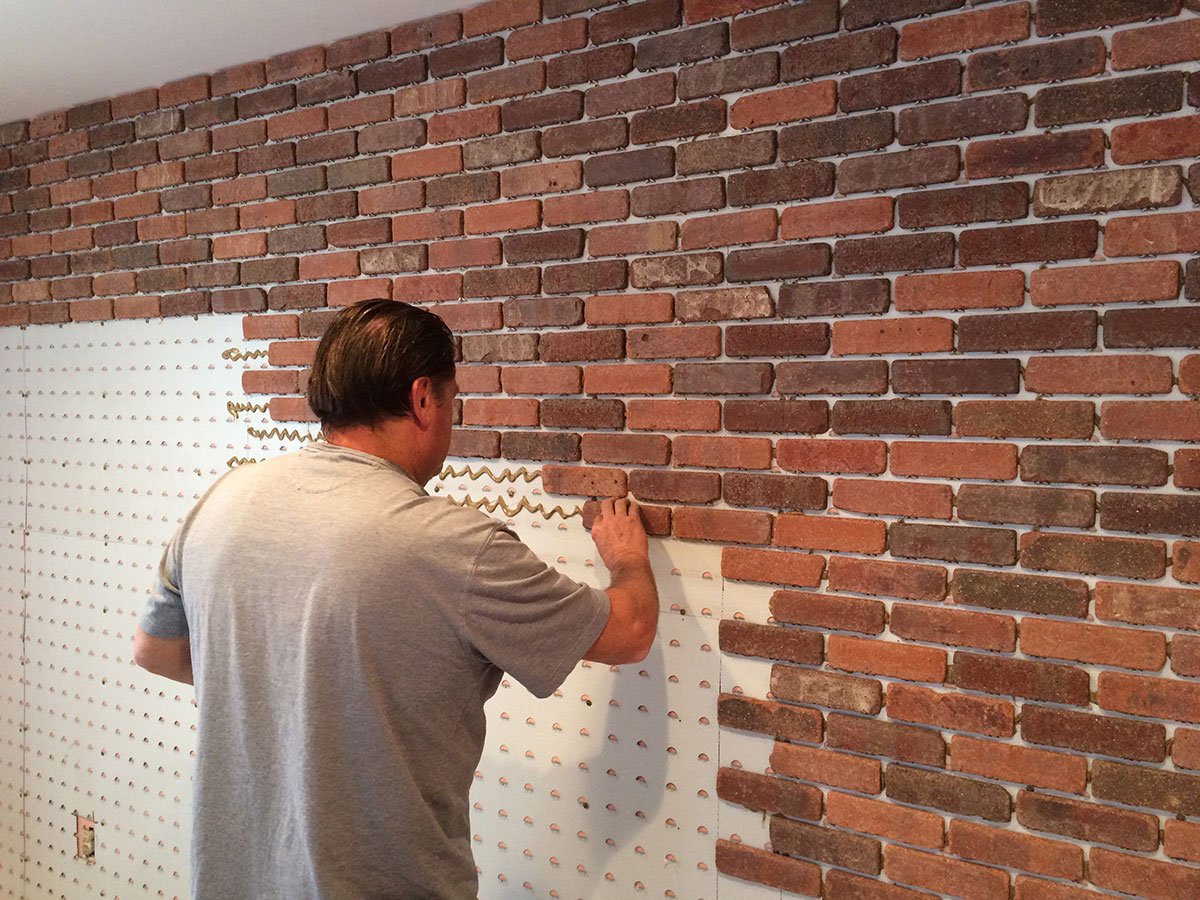
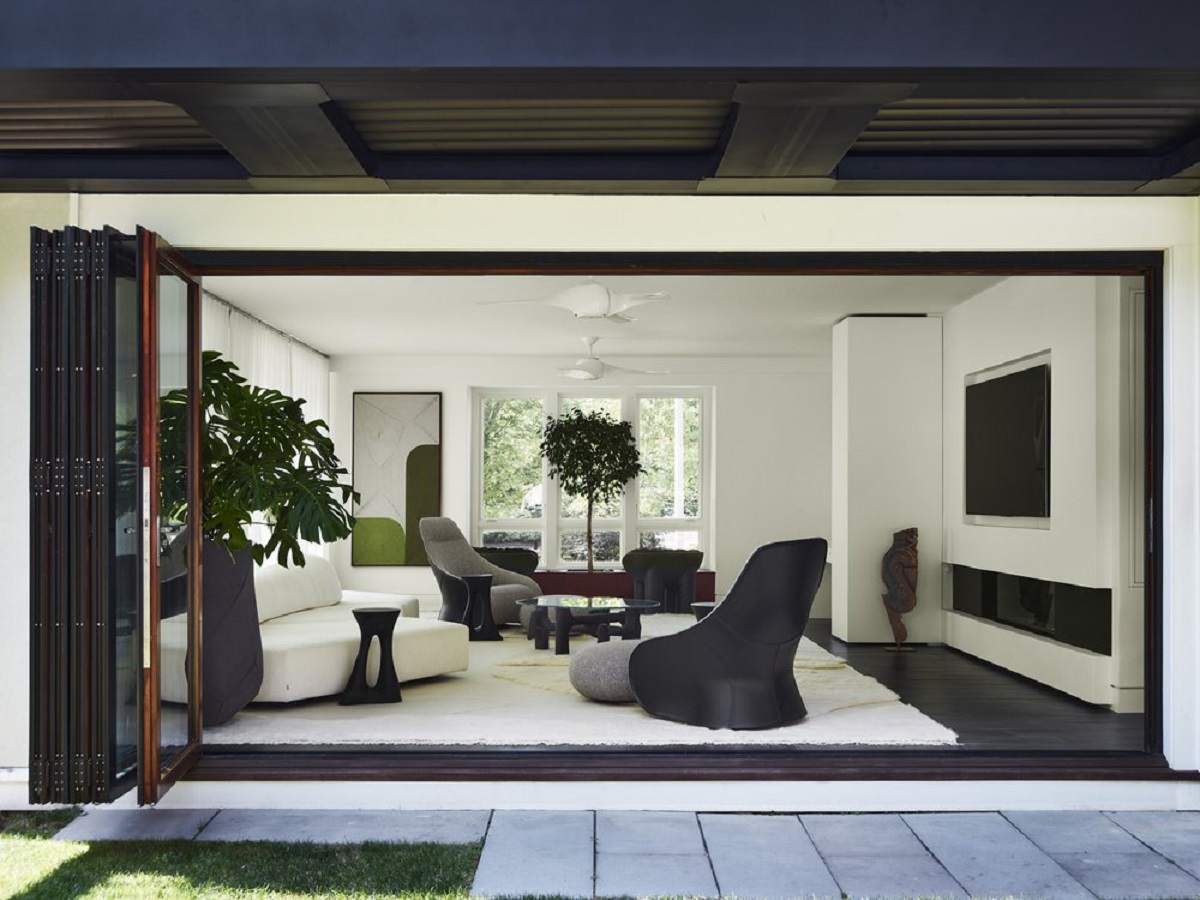
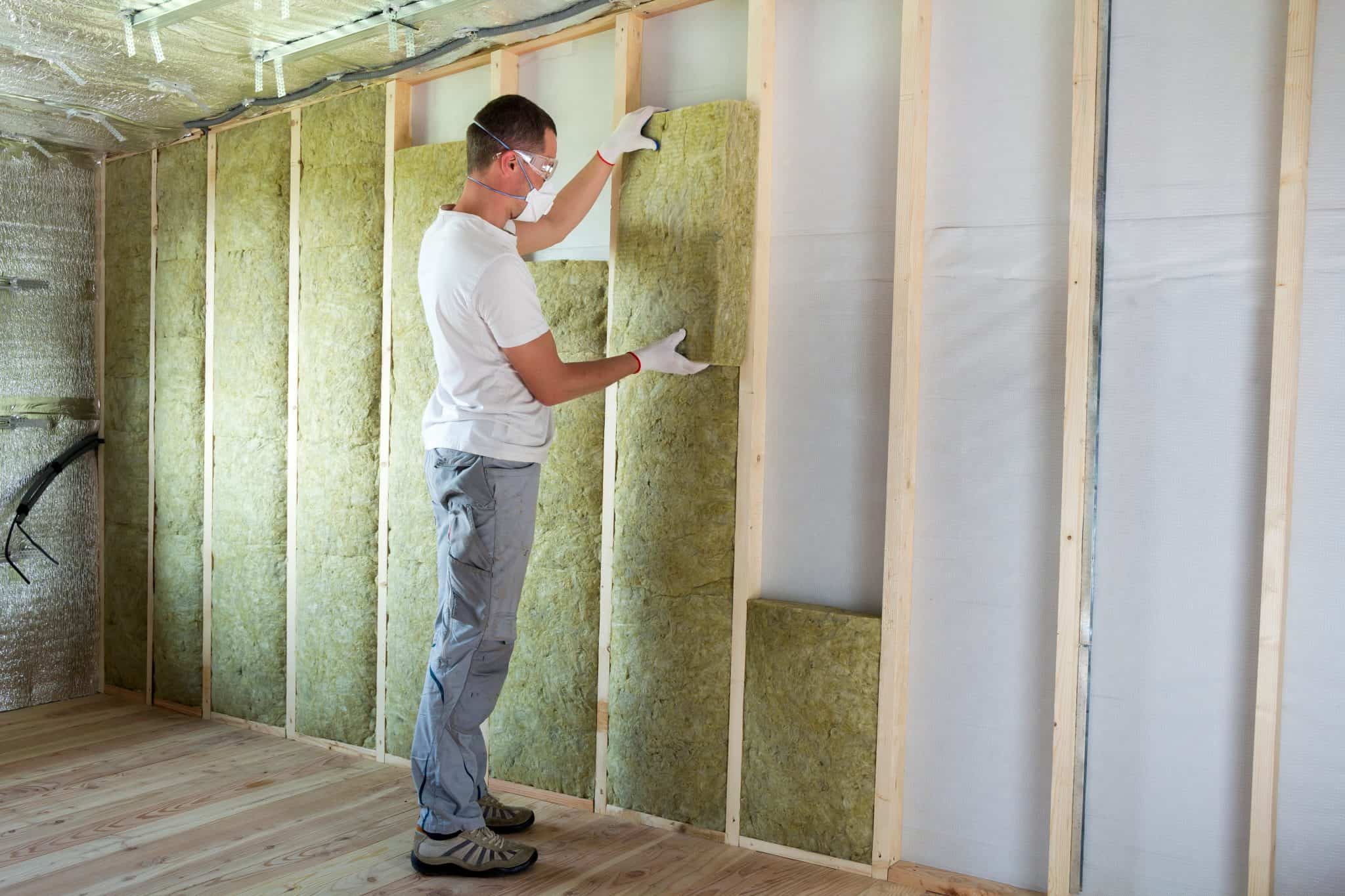

0 thoughts on “Secrets Of Soundproofing In Thin-Walled Homes”